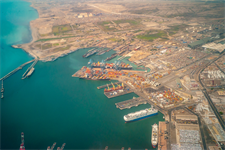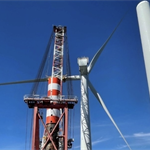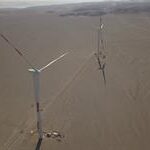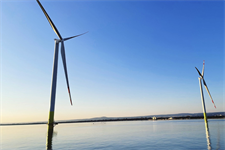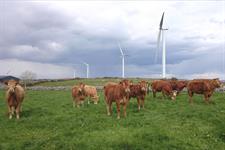Japanese firms advance plan for wind-powered methane in Peru
Energy Disrupter
_1.png)
The companies have signed a joint study agreement to commence a preliminary front-end engineering and design (FEED) study for the project, which is meant to produce e-methane from green hydrogen and carbon dioxide.
The companies say that, because e-methane has the same composition as natural gas, it can use existing infrastructure such as natural gas pipelines. Carbon emissions from the combustion of synthetic methane are to be offset by the CO2 separated and recovered as part of the methanation process.
The e-methanol would be sold in markets including Peru and Japan. In Japan, the government’s sixth strategic energy plan, announced in October 2021, targeted 1% e-methane use in existing infrastructure by 2030 and 90% by 2050.
In an initial study begun last year, Marubeni, Peru LNG and Osaka Gas investigated the potential for procuring the renewable energy and the carbon dioxide required to produce 60,000 tonnes of e-methane per year.
They have now confirmed that Peru’s abundant wind, solar and hydro power, plus the CO2 produced at Peru LNG’s liquefaction terminal, will allow the project to produce that amount of e-methane at a competitive price.
The pre-FEED will involve discussions on the conditions for procuring renewable energy and raw materials, including carbon dioxide; specification studies for plant construction; economic evaluations and other detailed feasibility studies.
Marubeni, Osaka Gas and Peru LNG will assess the results of the pre-FEED and evaluate a potential investment decision in 2025, with the aim of starting production and sales of e-methane by 2030.
Click here to subscribe to the green hydrogen bulletin to receive fortnightly dedicated news, analysis and comment straight to your inbox.
To submit a news, comment, case study or analysis idea for the green hydrogen bulletin, contact the editorial team.

